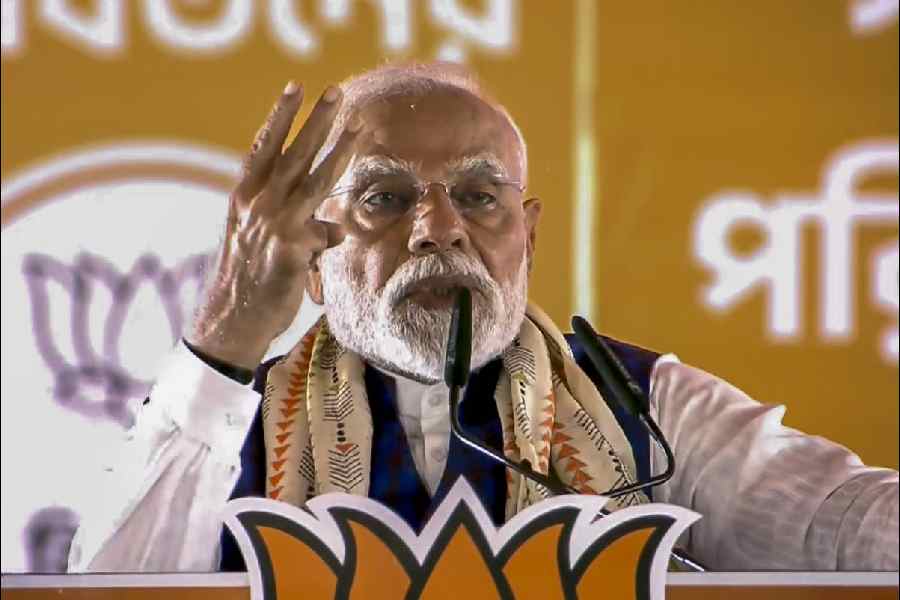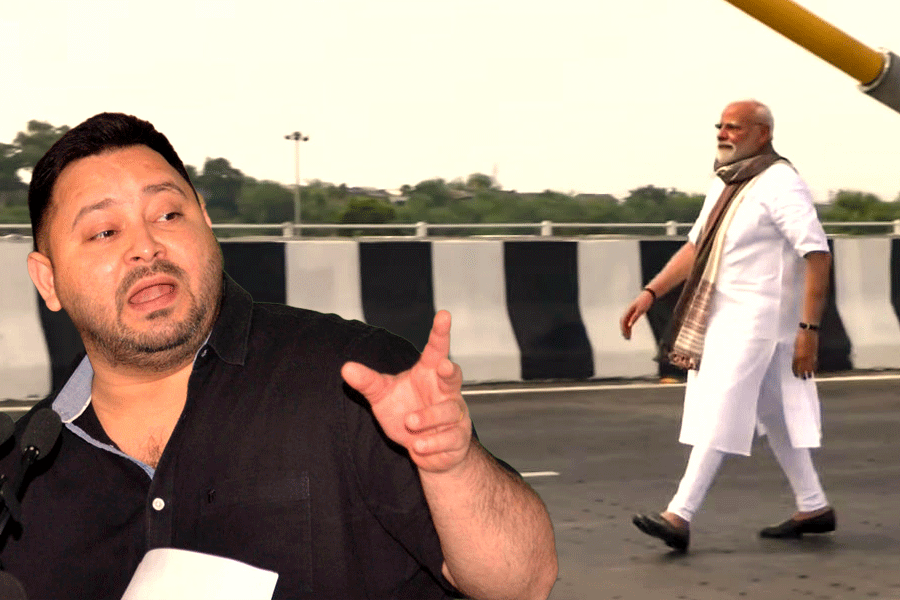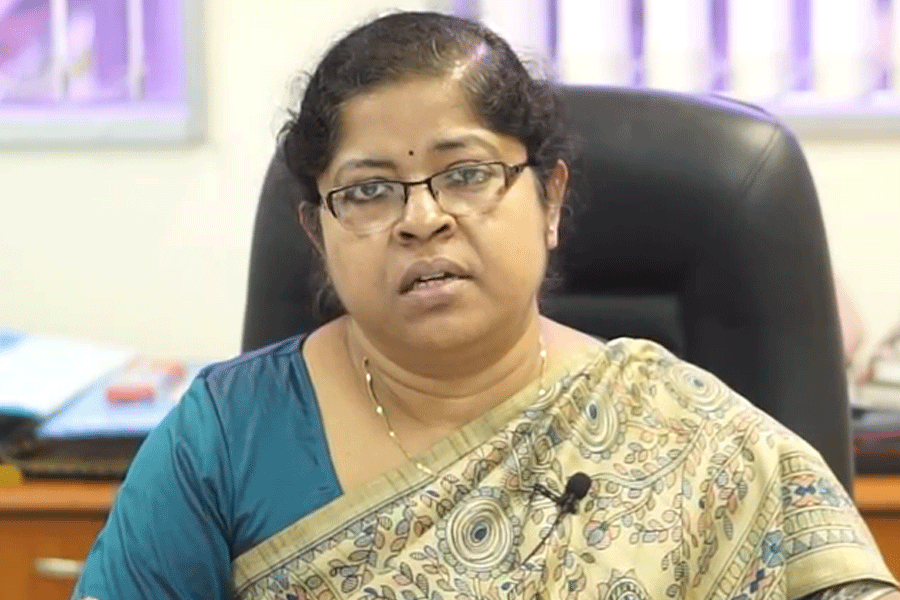The Dutch may have built a settlement in Chinsurah long before the British settled down in Sutanuti on the opposite bank of the Hooghly, but nothing is left of that settlement save a cemetery with about 191 graves, some with impressive masonry mausoleums. As in Serampore, where the extant Danish heritage is more substantial, these former colonisers are taking a renewed interest in what they left behind.
Presidency University's website on the Dutch cemetery in Chinsurah was launched last Friday morning, and it was followed in the evening by the launch of the book, The Dutch East India Company in India by Bauke van der Pol, a Dutch anthropologist. Architect Aishwarya Tipnis has at the same time been working on a more comprehensive website on Dutch heritage in Chinsurah, and although it is only partly ready and will be launched late December, it will soon be linked with the Presidency University website.
.jpg)
The Presidency University website on the Dutch cemetery in Chinsurah; (left) Dutch anthropologist Bauke van der Pol, author of the book The Dutch East India Company in India, attended the launch of the website last Friday. Picture by Bishwarup Dutta
To quote the Presidency University website, it 'is about the Dutch in Chinsurah and the story of a centuries-old colonial settlement that produced some of the key figures involved in the shaping of trade, polity and culture in the Indian subcontinent. Less well-known than its British namesake, the Dutch East India Company, the Vereenigde Oostindische Compagnie (VOC), once managed the vast inter-continental trade in the 17th to the 19th centuries through its settlements in coastal India. As a hub between the Western trade capital Amsterdam and its Eastern counterpart in Batavia, Chinsurah occupies a key position in VOC and indeed, Dutch history as well.
'Now, almost two centuries after the Dutch formally ceded their settlements to the British, Chinsurah is a provincial town in the state of West Bengal in India and its old glory hardly to be evidenced. As part of a larger attempt by the Embassy of the Netherlands, this project highlights and indeed preserves the importance of Chinsurah for both the Netherlands and India...The cemetery of Chinsurah, with its 190 Dutch and British tombs, is a case in point. Largely unknown to the world, here one finds the beginnings of the stories of women's education in India, the Dutch general who fought in the Maratha army, the Freemasons in India...'.
The website menu has several items such as The Dutch in Bengal, A Brief History of the Dutch cemetery, Dutch Buildings in Chinsurah, a full list of the tombs in the cemetery and its map, and a list of important people in Chinsurah, both Dutch and British. The website is a work in progress, and Souvik Mukherjee, who teaches English at the university and led the team that put the website together, said suggestions are most welcome.
According to the website, the cemetery was once relocated and 'now every grave has an upright tombstone upon it'. The cemetery is now maintained by the Archaeological Survey of India. The 'important figures' include not only the names of Dutch governors but also those of European missionaries, the English painter, William Hodges and William Carey. Introducing his book, Bauke van der Pol said VOC was the first international symbol of a multinational company, and read out accounts of Dutch settlements elsewhere in India, the best kept of which was Cochin. He became interested in VOC when its 400th anniversary was celebrated in 2002 with several exhibitions.

.jpg)









